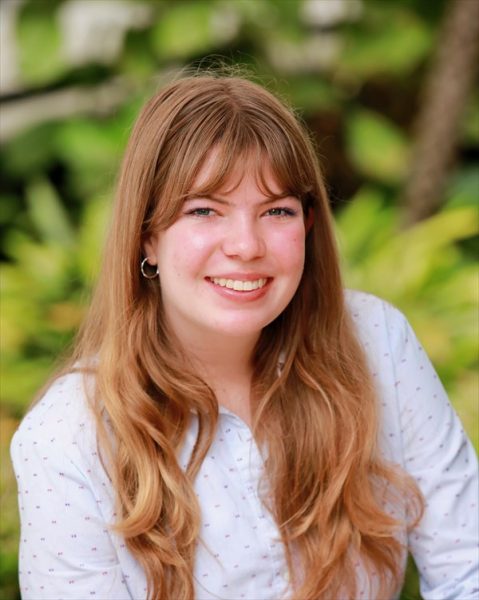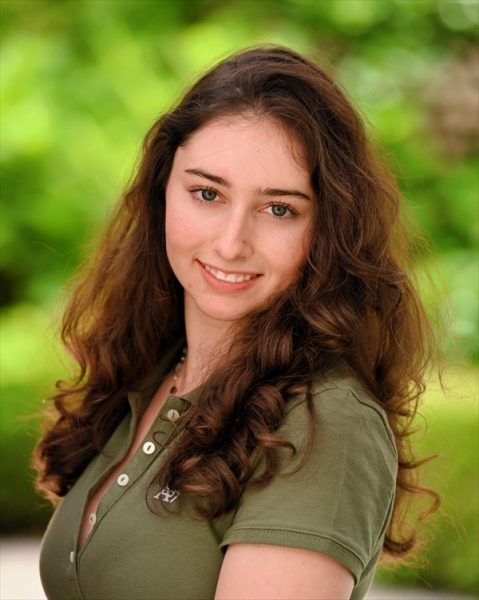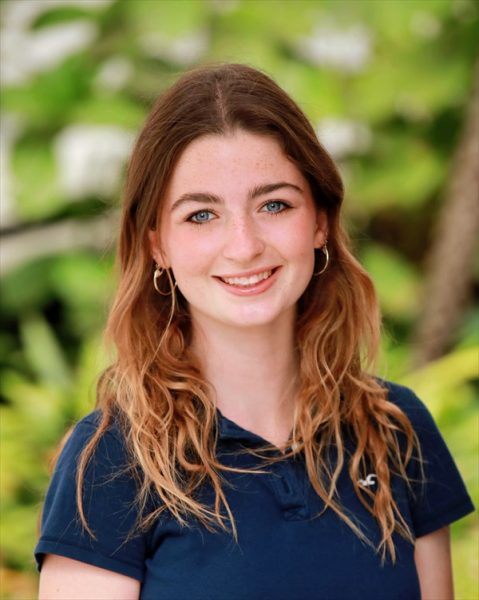Girls express increased interest in computer programming field, starting to bridge gender gap
December 12, 2014
Liana Lum
News Editor

Seated with 20 other girls in downtown San Francisco, juniors Miranda Lis and Izzie Panasci began their summer days learning and applying computer code while working with mentors and listening to guest speakers, ranging from the CEO of Twitter to a Pixar animator.
Lis and Panasci attended the Summer Immersion Program held by Girls Who Code, a national nonprofit organization launched in spring of 2012.
“You learn something new and right away get thrown into a coding pen,” Panasci, who plans on majoring in computer science, said. “It’s like a boxing pen because you get hit with all these errors in your code, and things don’t make sense, but you work with your creativity and get help from mentors.”
Gaining interest from her computer science course during freshman year, Panasci said she decided to attend the program to further her understanding of computer science and get a jumpstart for the AP Computer Programming class she is currently taking.
Girls Who Code was created by by Reshma Saujani, who noticed the gender gap while running for Congress and is working toward creating a new model of female leadership.
“Our mission is to inspire and educate girls with computing skills,” Salleha Chaudhry, the West Coast Regional Director of Girls Who Code, said. “That way they can pursue any opportunity they choose after college with a computer science major.”
Aiming to train 1 million girls in coding by 2020, Girls Who Code began its seven-week program, throughout the summer, combining instruction with mentorship and exposure to the field through female engineers and entrepreneurs.
“Within the program, we want the girls to gain soft and hard skills,” Chaudhry said. “Soft skills meaning their confidence levels, public speaking and networking with other women. In terms of hard skills, we want our girls to pursue their passion and hopefully use computer science as a backbone.”
Both Lis and Panasci said the immersion program was challenging and rewarding, exposing them to computer scripts such as C++, Python and Java, and allowing them to see the real-life applications of the skills they had learned through mobile development, web design and robotics.
Lis and Panasci plan on starting a Girls Who Code club at school in January led by someone from Google or Twitter who will teach from an established Girls Who Code lesson plan, meeting once a week for two hours.
“Through the club, I hope more people will be motivated to further their interest and understand fully what it means to be a computer engineer,” Panasci said. “I think we can shed light on all the different ways being a computer engineer can turn into a fun career that allows a lot of creativity.”
There are currently over 150 Girls Who Code clubs nationally, allowing a much broader approach to spreading computer science, and corporations who cannot host the summer program can have their employees and engineers give back to the community by volunteering to lead a club.
Convent’s computer science program began with a handful of students in 1969 and now has exponential interest. Although less than 20 percent of AP Computer Programming test takers are girls, according to thinkprogress.org, the number of girls in the Convent AP computer programming class has increased 262.5 percent in five years.
“This increased response is due to a strong effort in the media to promote coding for women,” computer science teacher Doug Grant, who started the program, said. “It’s made girls realize that jobs in computer science involve a lot of teamwork, and girls respond well to the idea of being in a team.”
Grant says that as more women enter the field, there will be more role models for students, promoting the field. In the future, the growth of women in computer science will match that of science and mathematics over the past 30 years.
“I hadn’t originally thought computer science would be something of interest to me,” Gina Domergue (’13), a sophomore at Cal Lutheran who is majoring in computer science, said. “But after I took the freshman computer programming class at Convent, I realized I really had a talent for it, and I wanted to pursue it.”
Today women represent only 12 percent of all computer science graduates compared to the 37 percent who graduated in 1984, according to Girls Who Code.
“We have seen many different women engineers who majored in computer science,” Chaudhry said. “They didn’t pursue it after graduation as they faced hurdles such as culture fit, and they didn’t have a support system around them. We are here to change that.”
Convent prepares girls to stay confident, according to Domergue, who has been selected for an interview with Google for an engineering practicum internship. She advises girls to not be deterred by the male to female ratio because it should not be a determining factor in choosing a field of study.
“It’s usually me and two other girls in a class of 15 to 20,” Domergue said. “I don’t really notice it, but I think that a challenge is I really have to prove myself a lot more to get respect. Once I show people that I’m competent then everyone treats me the same.”
Despite the gender gap, Jocelyn Friday (’09), who majored in computer science and mathematics at the St Andrews in Scotland, said her professors were always willing to help out, and the school environment was welcoming.
“I knew that there weren’t going to be many girls and that I would be challenged academically,” Friday, who holds a masters degree in bioinformatics from the University of Edinburgh, said. “I wanted to use the skills I learned from computer programming as a tool for helping the rest of the world, and that interested me.”
Although computer science is often associated with engineers and perceived as only applicable in that one field, it can serve as the basis for many other professions.
“In reality, it’s very community based, and we really push our girls to work on a project with three other girls and help the community,” Chaudhry said. “It’s not sitting in a classroom by yourself on one laptop coding. We want to change how computer science is seen.”
Applications for the Girls Who Code Summer Immersion Program opens Jan. 15 for current sophomores and juniors in high school. Programs run all day from Monday to Friday and are free for all participants.
“The program gave me a sense of direction because before I was really worried about what I wanted to do in college,” Lis said. “It really confirmed that I wanted to pursue computer science because I saw how many job opportunities I could have with a computer science skill set.”









